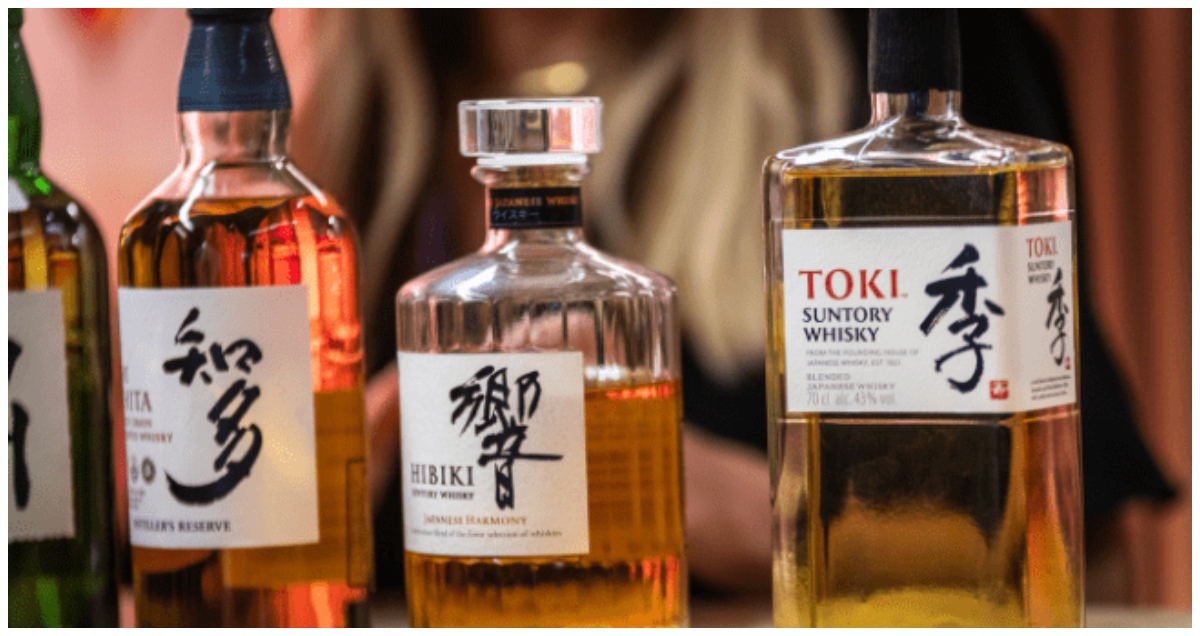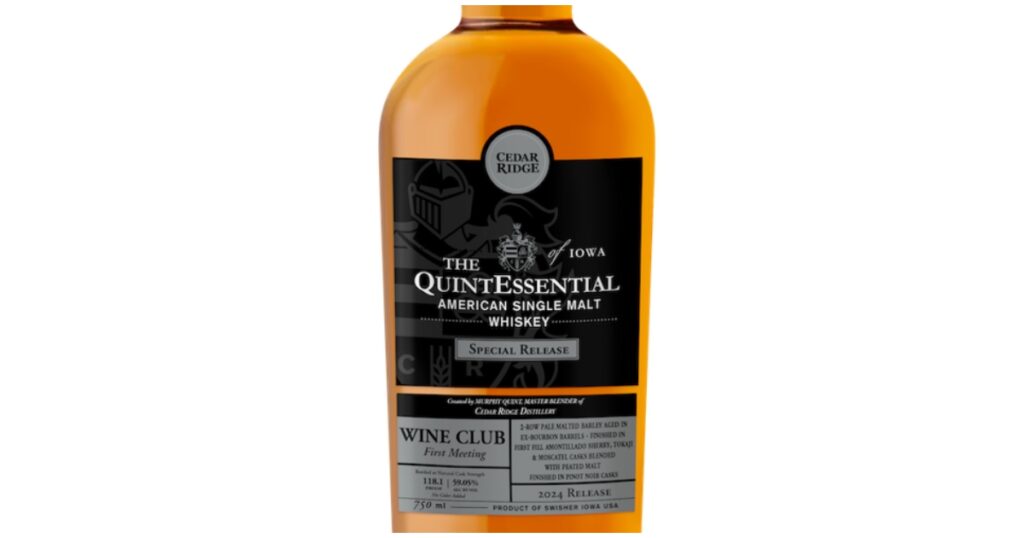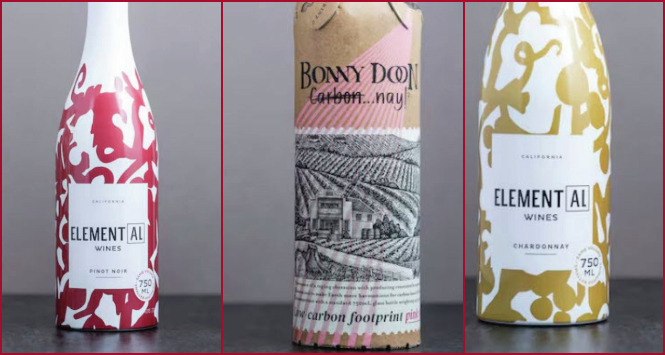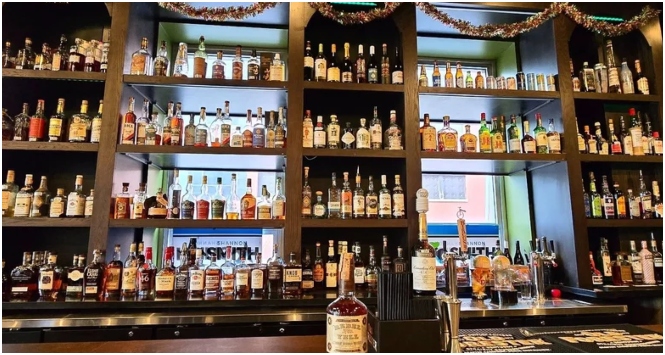Japanese whisky has made a name for itself in recent years, with collectors and enthusiasts willing to pay top dollar for rare bottles. However, with rising prices and new competitors entering the market, fans are left wondering what’s next for this once-exclusive spirit.
Rising Prices: A Growing Trend in Japanese Whisky
Japanese whisky, long seen as a luxury item, has become more expensive due to a combination of rising production costs and inflation. Suntory, one of the leading distillers, recently announced price hikes for some of its most sought-after bottles, such as Hibiki 30 Years and Yamazaki 25 Years. Prices for these premium whiskies soared by as much as 125%, with a bottle now costing as much as ¥360,000 (approximately US$1,110). The company justifies the price increases as a way to improve product quality and upgrade production facilities.
The price surge follows a period of intense demand, particularly after Suntory’s Yamazaki Sherry Cask 2013 was crowned “Best Whisky in the World” in 2015. This recognition sparked a global frenzy for Japanese whisky, causing many bottles to disappear from shelves quickly. While more distillers are now entering the market, the cost of producing quality whisky remains high, leading to a steady rise in prices across the industry.
The Impact on Whisky Fans: Softening Demand and Shifting Preferences
Despite the price hikes, demand for Japanese whisky remains strong, but it’s not as explosive as it once was. According to Liam Hiller, operations director at Dekantā, a retailer specializing in Japanese spirits, demand has leveled out. “Sales are tracking in line with last year,” Hiller says, “but it’s not the same as it was during the boom.” One reason for this shift is the increased availability of Japanese whisky on shelves, making it less scarce and desirable than in the past.
Hiller also notes that more brands have entered the market, offering consumers a wider selection of Japanese whiskies. New distilleries like Fuji and Kanosuke have brought fresh options to the table, helping to soften the pressure on established brands. Although consumers are still interested in Japanese whisky, they are no longer as willing to pay sky-high prices for limited-edition bottles.
A Changing Market: New Competitors and Price Adjustments
As the Japanese whisky market becomes more competitive, new players are emerging, which may change the dynamics of the industry. Brands such as Kanosuke and Fuji have been gaining popularity, particularly in the mid-range price category. “These newer distilleries are benefiting because they offer a fresh perspective on Japanese whisky,” says Dawn Davies MW, head buyer at The Whisky Exchange. These brands are positioning themselves as affordable yet high-quality options, attracting a growing number of consumers looking for value without sacrificing taste.
At the same time, some of the established brands have adjusted their pricing strategies. For instance, Kanosuke and Chichibu have held their prices steady despite the inflationary pressures that have affected other brands. This strategy seems to be paying off, with steady sales in markets like the US and UK.
Navigating Price Increases in a Changing Economy
The whisky industry is not immune to the effects of a fluctuating economy. Producers face rising costs, from raw materials to packaging, which are compounded by the ultra-weak yen. Kris Elliott, co-founder of High Road Spirits, points out that distilleries are forced to import most of their materials, driving up production costs. While some distillers have passed these increases on to consumers, others have tried to absorb them in order to stay competitive.
As for retailers, many are adjusting their prices to account for shifts in consumer spending habits. With inflation affecting purchasing power worldwide, companies like Dekantā are focusing on maintaining competitive pricing to ensure continued interest in Japanese whisky. The goal is to find a balance between maintaining quality and keeping prices within reach for whisky enthusiasts.
What’s Next for Japanese Whisky Fans?
As new distilleries and brands continue to emerge, Japanese whisky enthusiasts can expect more variety and innovation in the market. However, with prices rising and demand softening, the question remains: how much will fans be willing to pay for their favorite bottles?
For now, it seems the Japanese whisky industry is focusing on sustainable growth, offering quality products at a variety of price points. While collectors may still pay premium prices for rare bottles, the market is diversifying, with more options available for those who want to explore without breaking the bank.









